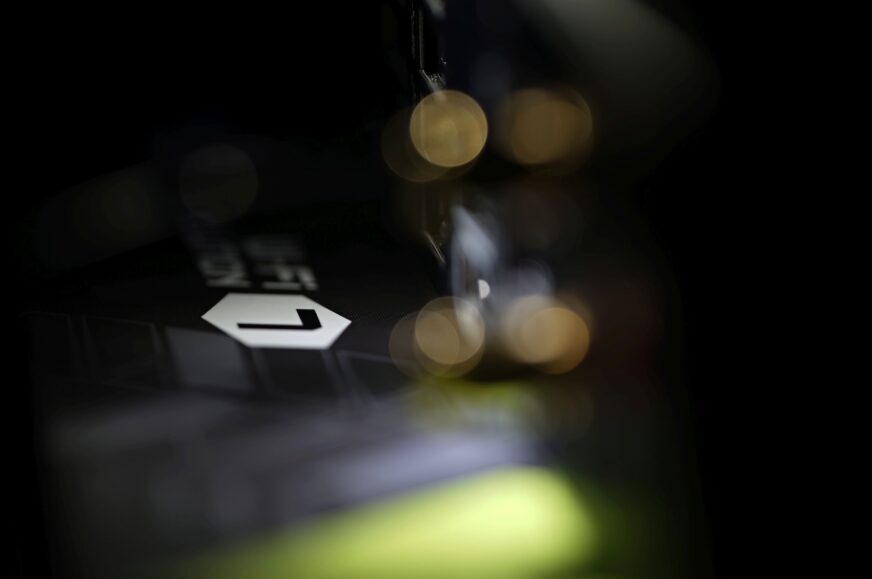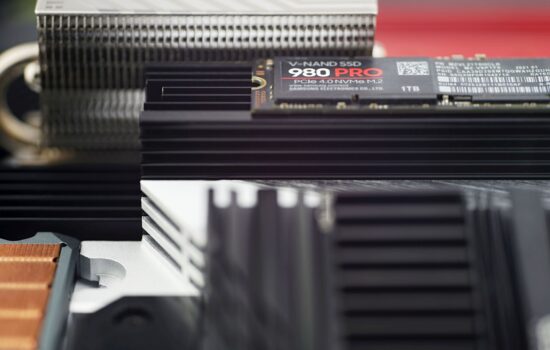Conclusion
The second wave of Z790 motherboards, released alongside 125W Intel Raptor Lake Refresh CPUs, is also attractive for its upgraded network connectivity. The latter is also cutting edge on the Z790 Tomahawk Max WiFi. It’s one of the cheapest boards with WiFi 7. But in our tests of it, we’ll naturally be interested in the overall implementation of all the features. That is, what MSI managed better or worse compared to competing models.
Conclusion
Despite the fact that it is not a downright cheap Z790 board (there are also cheaper models with this chipset), the MAG Z790 Tomahawk Max WiFi can be talked about in the context of an attractive value for money. That’s if, in addition to the efficient operation of the powerful Core i7 and Core i9 class processors, you also need the cutting edge wireless connectivity of WiFi 7. Cheaper Z790 boards are usually still equipped with WiFi 6E or have a weaker power delivery for the CPU. In this regard, it’s still fairly robust, even without the VRM heatsinks, the hottest spots at around 300W didn’t exceed a hundred degrees Celsius and stayed below that.
With the coolers in place, of course, the temperature of the critical areas will be even lower and always far from the values at which the VRM will reduce the output in the interest of self-preservation. Sure, other motherboard models are better suited for some pushing to the brink, to the extreme, but for running a Core i9-14900K without power limits at a level that can be cooled with common high-end CPU coolers, the MAG Z790 Tomahawk Max WiFi motherboard is enough. However, it should be added that the power efficiency is slightly weaker compared to more expensive boards. But the differences are quite small and disappear at lighter loads (e.g. in games).
As with the Gigabyte Z790 Aorus Pro X, we ran into inefficient power redistribution between the P and E cores in our “limited to 125W” tests. The clock speeds on the E cores are exceedingly high, but at the same time the clock speeds of the P cores suffer from this. Those are, in turn, very low and under high load, this behavior is reflected in below-average computational performance with poor efficiency. That said, unless we’ve overlooked something, there’s no way to control how much power is available for which cores. We assume that sooner or later the inefficient management in power-limited modes will be adjusted on the level of better optimized BIOSes. It’s possible that it might be as early as after the launch of the lower-power 65W TDP processors. We certainly won’t be the only ones who have encountered such atypical behaviour, and patches are probably on the way already. In the long term, therefore, this will probably not have to be considered a negative.
In terms of internal connectivity, the Tomahawk Z790 Max WiFi is not only a board with a premium selection of M.2 slots (there are four of them), but it also has as many as eight SATA ports, which is quite rare nowadays. But it does mean that it allows for above-standard inch-type storage connectivity options, which may come in handy for someone. We’ve already talked about WiFi 7, but Ethernet is also important in desktop devices. This remains 2.5-gigabit (5 Gb is only on the more expensive models), and some may miss the second 19-pin connector for USB 3.2 gen. 1, through which the front panel of the case can be plugged in. One (for two ports) is considered sufficient by MSI, which can also be inferred from the features of MSI’s cases which also have only two 5-gigabit USB ports. However, there are also 4-port alternative competitors for which the Z790 Tomahawk Max WiFi’s internal features will be limiting in this regard. Yet on a price-equivalent motherboard for the AMD platform, MSI already has two internal USB 3.2 gen. 1 ports.
But there are already enough external USB connectors, including a 40-gigabit one. USB4 also has backward compatibility with USB 3.2 gen. 2 ×2, which is not commonplace (some controllers don’t support it and there is a jump from 40 Gb/s to 10 Gb/s – USB 3.2 gen. 2).
The SSD coolers are average to slightly below average in terms of TDP, but MSI’s tool-less mounting mechanism fared better than Gigabyte. Even with this heatsink (by the way, on the first M.2 slot with PCIe 5.0 interface support) average cooling results are achieved, but they are adequate to the design of the cooler (its weight, surface area) and the contact with the SSD is good.
With the Tomahawk Z790 Max WiFi, a similar scenario to the MAG X670E Tomahawk WiFi is repeated. There are some trade-offs, but who has demonstrably fewer of them at a comparable price? Considering the lower price range (for the Intel Z790 platform), still decent features and operating characteristics (performance per watt, VRM temperature), it deserves the editorial award “Smart buy!“.
English translation and edit by Jozef Dudáš
| MSI MAG Z790 Tomahawk Max WiFi |
| + Powerful 18-phase power delivery (VRM)... |
| + ... handles even the Core i9-14900K without power limits efficiently |
| + Possibility to manually overclock the CPU by changing the multiplier |
| + High efficiency at lower, typically gaming loads |
| + As many as four fast (four-lane) M.2 SSD slots... |
| + ... and ten fast USB (including 4) connectors on the rear I/O panel |
| + Very detailed fan management options |
| + Support for very fast WiFi (7) |
| + Handy mechanism to quickly (de)mount the SSD cooler on the first M.2 slot |
| - Only one internal connector for two USB 3.2 gen. 1 ports |
| - Lower priority of P cores in reduced performance modes. May not always apply* |
| Suggested retail price: 332 EUR |
* With newer BIOSes, the situation may change over time. And maybe it is already different for Raptor Lake Refresh processors (tests were performed with Core i9-13900K of the Raptor Lake generation).
Some of the tested boards are also available in the Datacomp e-store
Special thanks to Blackmagic Design (for licenses for DeNoise AI, Gigapixel AI and Sharpen AI) and Topaz Labs (for licenses for DeNoise AI, Gigapixel AI and Sharpen AI)
- Contents
- MSI MAG Z790 Tomahawk Max WiFi in detail
- What it looks like in the BIOS
- Methodology: Performance tests
- Methodology: How we measure power draw
- Methodology: Temperature and frequency measurements
- Test setup
- 3DMark
- Borderlands 3
- F1 2020
- Metro Exodus
- Shadow of the Tomb Raider
- Total War Saga: Troy
- PCMark and Geekbench
- Web performance
- 3D rendering: Cinebench, Blender, ...
- Video 1/2: Adobe Premiere Pro
- Video 2/2: DaVinci Resolve Studio
- Graphics effects: Adobe After Effects
- Video encoding
- Audio encoding
- Photos: Adobe Photoshop, Affinity Photo, ...
- (De)compression
- (De)encryption
- Numerical computing
- Simulations
- Memory and cache tests
- M.2 (SSD) slots speed
- USB ports speed
- Ethernet speed
- Power draw without power limits
- Power draw with power limits
- Achieved CPU clock speed
- CPU temperature
- VRM temperature – thermal imaging of Vcore and SOC
- SSD temperature
- Chipset temperature (south bridge)
- Conclusion













